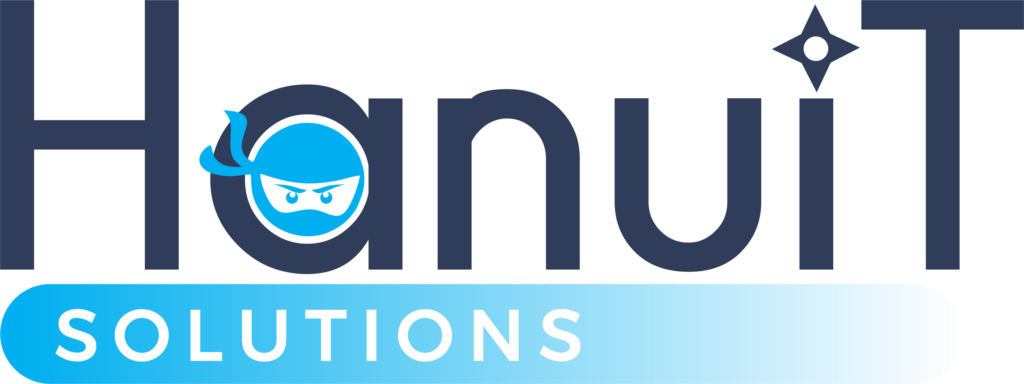ROI Optimization: Proven Techniques for Better Business Outcomes
Optimizing Return on Investment (ROI) is essential for achieving better business outcomes. ROI optimization involves enhancing the efficiency and effectiveness of investments to maximize profitability and growth. In this article, we’ll explore proven techniques to optimize ROI and drive better business outcomes, ensuring that every dollar spent contributes to overall success.
Achieving better business outcomes requires a strategic approach to ROI optimization. By leveraging proven techniques, businesses can improve profitability, streamline operations, and enhance overall performance. Understanding how to optimize ROI effectively can lead to more informed decision-making and a stronger competitive position.
1. Define Clear ROI Goals
To optimize ROI, start by defining clear and specific goals. Determine what better business outcomes look like for your organization—whether it’s increased revenue, reduced costs, improved market share, or enhanced customer satisfaction. Clear goals provide a framework for evaluating ROI and help align efforts toward achieving desired results.
2. Utilize Data Analytics
Data analytics play a crucial role in ROI optimization. By analyzing historical data and tracking key performance indicators (KPIs), you can identify trends, measure the effectiveness of investments, and make informed decisions. Data-driven insights help you understand what drives better business outcomes and where adjustments are needed.
3. Implement Effective Resource Allocation
Proper resource allocation is essential for optimizing ROI. Assess the performance of different departments, projects, or campaigns to determine where resources are most effectively utilized. Allocating resources to high-impact areas ensures that investments are directed toward activities that contribute significantly to better business outcomes.
Also read: How to Boost Your ROI with Data-Driven Marketing
4. Embrace Technology and Innovation
Incorporate technology and innovative solutions to enhance operational efficiency and productivity. Advanced tools and software can provide valuable insights, automate processes, and streamline operations, all of which contribute to better business outcomes. Staying current with technological advancements ensures that your business remains competitive and agile.
5. Conduct Regular Performance Reviews
Regular performance reviews are vital for continuous ROI optimization. Monitor key metrics, evaluate the success of investments, and adjust strategies as needed. Consistent performance reviews allow you to respond to changes in the market, address potential issues, and implement improvements that drive better business outcomes.
6. Focus on Customer-Centric Strategies
A customer-centric approach is crucial for achieving better business outcomes. Invest in initiatives that enhance the customer experience, such as personalized marketing, responsive support, and user-friendly interfaces. Satisfied customers are more likely to generate repeat business and contribute to overall profitability.
7. Leverage A/B Testing
A/B testing allows you to compare different approaches and identify which yields better results. By experimenting with variations of marketing campaigns, product features, or other elements, you can determine what works best for achieving better business outcomes. This data-driven method helps refine strategies and optimize ROI.
8. Foster a Culture of Continuous Improvement
Encourage a culture of continuous improvement within your organization. Regularly review processes, seek feedback and implement changes that enhance efficiency and effectiveness. A commitment to ongoing improvement supports better business outcomes by ensuring that your strategies evolve with market demands.
9. Monitor and Adjust Strategies
Continuous monitoring and adjustment of strategies are essential for ROI optimization. Regularly review performance data, assess the success of investments, and make necessary adjustments. Staying adaptable ensures that your strategies remain effective and aligned with changing market conditions, supporting better business outcomes.
10. Optimize Resource Allocation
Efficient resource allocation is crucial for maximizing ROI. Assess the performance of different projects, departments, or initiatives to determine where resources can be most effectively used. Allocate resources to high-impact areas that drive better business outcomes and support overall strategic goals.
FAQ
What is ROI optimization?
ROI optimization involves enhancing the efficiency and effectiveness of investments to maximize profitability and improve overall business performance. It focuses on achieving the best possible return on investment through strategic planning and data-driven decision-making.
Why is defining clear ROI goals important?
Defining clear ROI goals provides a framework for evaluating investment success and aligning efforts toward achieving desired outcomes. It ensures that resources are directed towards activities that contribute significantly to business success.
How does data analytics contribute to better business outcomes?
Data analytics provide insights into historical performance and key metrics, helping businesses understand what drives success and where adjustments are needed. This information supports informed decision-making and optimizes ROI.
What role does technology play in ROI optimization?
How can customer-centric strategies impact ROI?
Customer-centric strategies improve customer satisfaction and loyalty, leading to increased revenue and repeat business. Investing in initiatives that enhance the customer experience contributes to better business outcomes and higher ROI.
What is A/B testing, and how does it help with ROI optimization?
A/B testing involves comparing two versions of a variable to determine which performs better. By testing different approaches and measuring their impact, businesses can identify the most effective strategies for achieving better business outcomes and optimizing ROI.
Why is fostering a culture of continuous improvement important for ROI?
A culture of continuous improvement encourages regular review and enhancement of processes, leading to increased efficiency and effectiveness. This ongoing commitment supports better business outcomes and sustained ROI optimization.
Conclusion
ROI optimization is a dynamic and ongoing process that requires a strategic approach to achieve better business outcomes. By defining clear goals, utilizing data analytics, implementing effective resource allocation, embracing technology, conducting performance reviews, focusing on customer-centric strategies, leveraging A/B testing, and fostering a culture of continuous improvement, you can enhance your ROI and drive success. Adopting these proven techniques will help you maximize the return on your investments and achieve superior business results.








